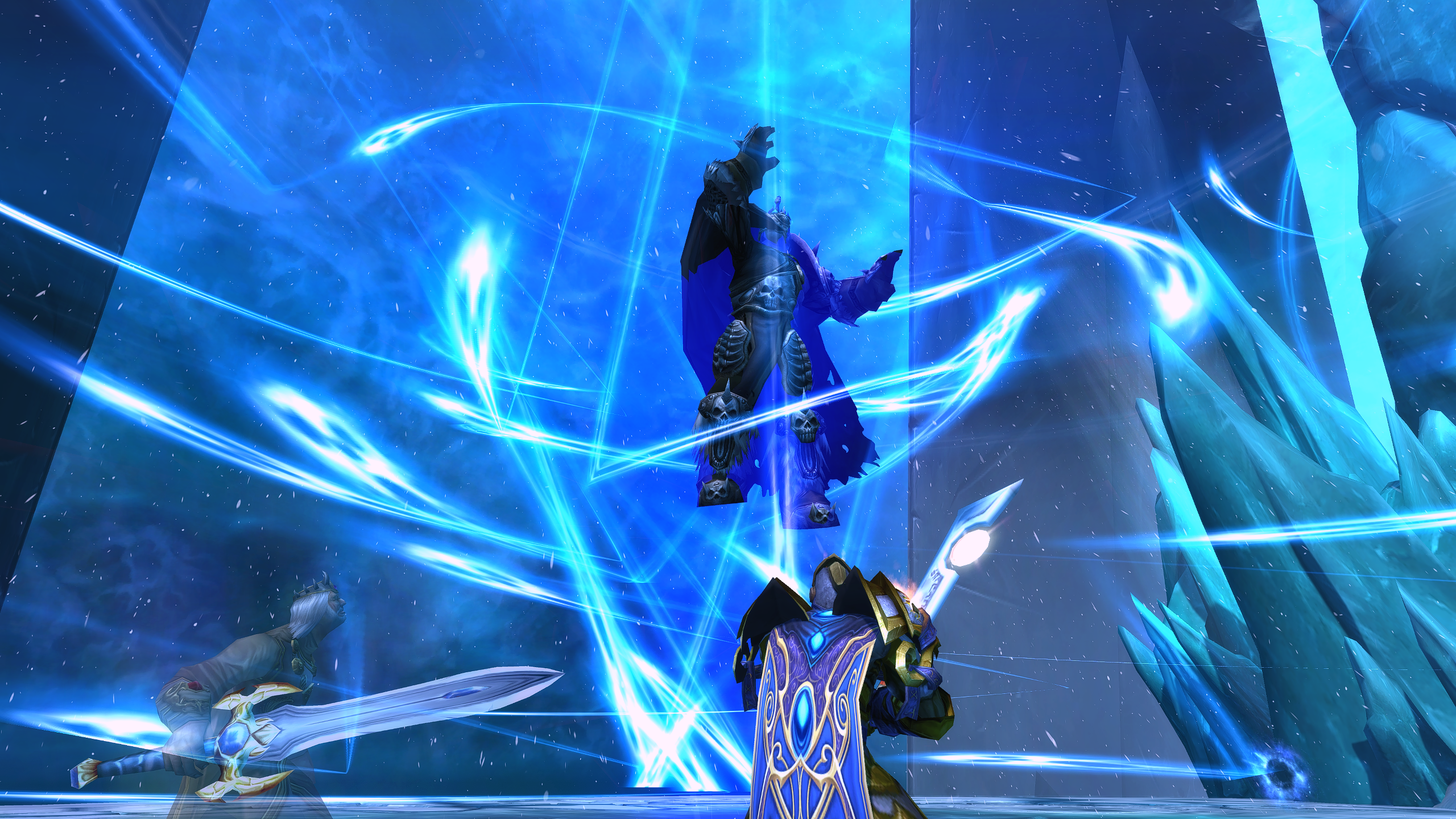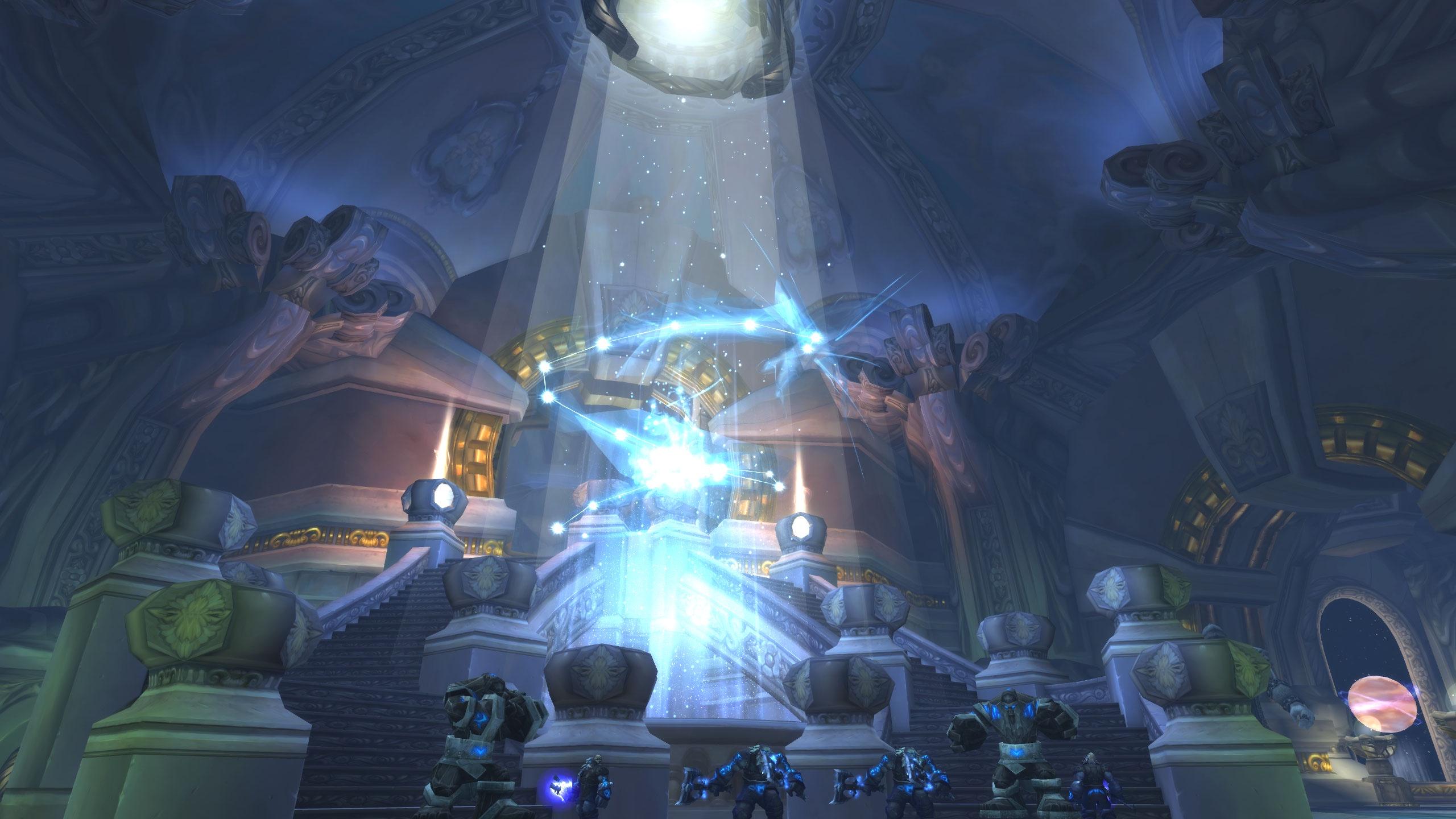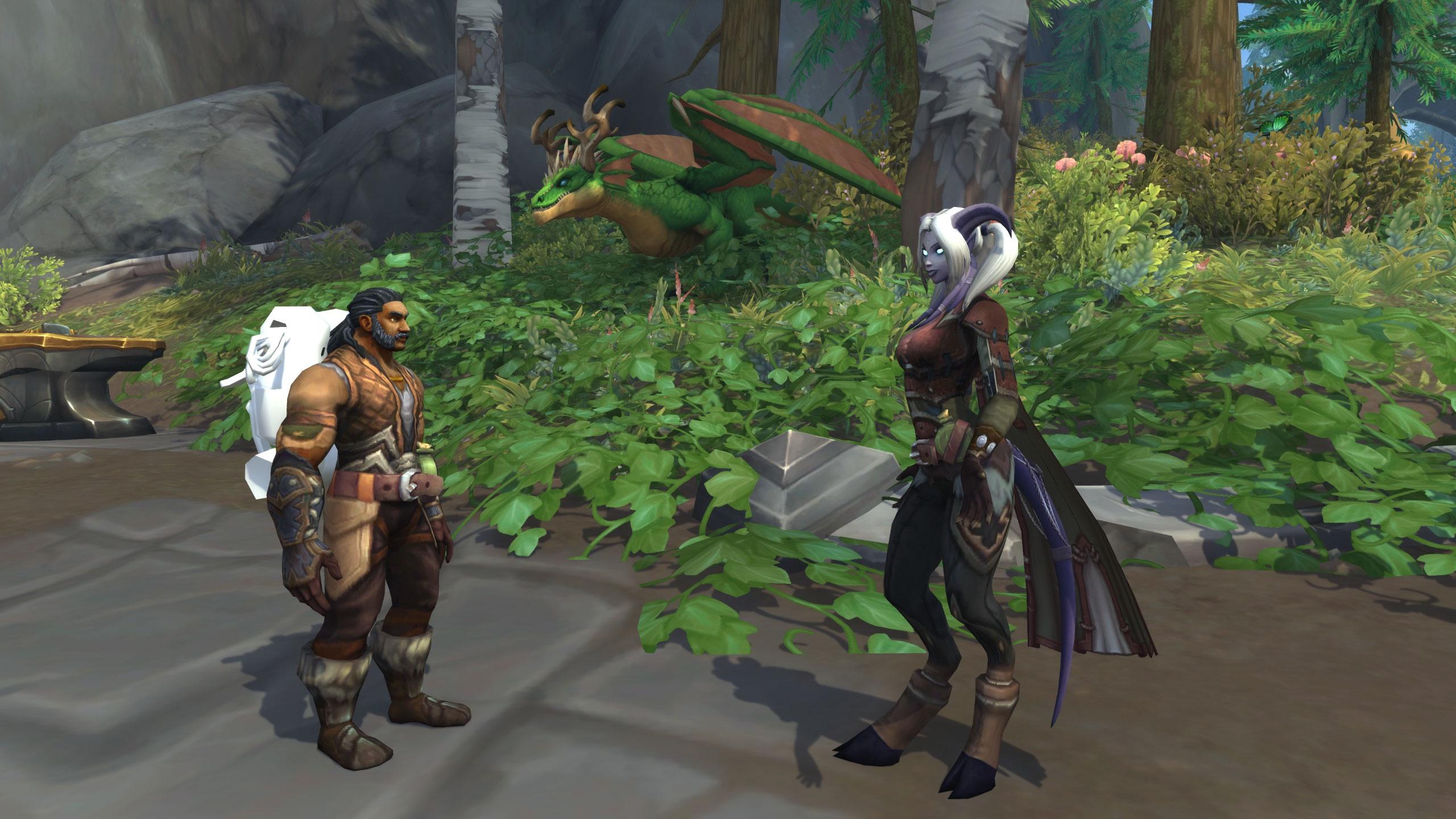In the vast universe of WoW WotLK Classic, you’re not just assembling a team; you’re orchestrating an army where every soldier’s role is pivotal to the war effort. As a raid leader, you’re the mastermind behind the curtain, and your decisions can turn the tide of epic encounters. Balancing your raid composition is like playing chess on a board where every piece is alive and kicking. You need tanks as steadfast as the mountains, healers with the precision of a surgeon, and DPS that strike with the force of a thunderstorm. Yet, it’s not just about the might of your forces; it’s the harmony between them that weaves the fabric of triumph. So, as you stand ready to chart your course through Icecrown Citadel or the depths of Ulduar, remember: the strength of your raid lies in the unity of its members. Stay tuned to uncover the strategies that will cement your legacy as a legendary raid leader.
Phase 4 Composition Strategies

As you approach Phase 4 in WoW WotLK Classic, it’s crucial to optimize your raid composition by prioritizing tanks and healers from meta classes to maximize performance. In Icecrown Citadel, each boss encounter demands a robust raid setup that can handle intense mechanics and high damage output. Your tanks and healers are the backbone of your team, ensuring survivability against the formidable bosses during raid time.
You’ll want to round out your group with damage dealers who contribute significantly to raid DPS. Phase 4 composition strategies often revolve around bringing the right balance of melee and ranged DPS. For melee, consider classes that can offer both high damage and utility. Similarly, ranged DPS should not only focus on damage but also on crowd control and support where necessary.
Optimizing 25-Man Raids
When optimizing your 25-man raid in WoW WotLK Classic, it’s essential to ensure a balanced roster with high DPS and representation from each class. Remember the days of gimmick runs like the all-paladin Blackfathom Deeps raid? Fun, but not what you’re aiming for in serious raid instances. In 25-man raids, you’re juggling more than just classes and specs; you’re managing personalities and schedules too.
Your core should include meta tanks—think Protection Paladin and Blood Death Knight. They offer a sturdy frontline with utility. Healers should be a mix, with at least one Holy Paladin and a Discipline Priest. Fill your raid with meta DPS classes, but don’t neglect the one-of-each-class rule for those valuable buffs and mechanics. Keep raid chat clear for callouts and coordination, not cluttered with confusion.
Planning for 10-Man Groups

Every 10-man group must carefully select its members, ensuring the team has the necessary balance of tanks, healers, and DPS for optimal performance. You’re aiming for a composition that can handle the mechanics of each encounter while maintaining enough throughput to bring bosses down. It’s not just about filling slots; it’s about crafting a team that synergizes well.
Here’s a quick checklist to ensure your 10-man group is ready to tackle the challenges of WotLK Classic:
- Tank and Healer Core: Start with one main tank, preferably a Protection Paladin or Blood Death Knight for their mitigation and utility, and two healers, mixing classes for a balance of direct healing and damage mitigation. A Holy Paladin and a Restoration Druid often make a great duo.
- DPS Selection: Fill out your DPS ranks with a mixture of ranged and melee, making sure to include classes that can offer raid-wide buffs. A mage for Bloodlust/Heroism, a warlock for summons and health stones, and a balance of other classes for high sustained and burst damage.
- Flexibility: Have at least one hybrid class capable of switching to another role if needed. This could be a Retribution Paladin who can heal or an Elemental Shaman with a Restoration off-spec. It’s all about having a backup plan if your usual tank or healer can’t make it.
Formulating 5-Man Teams
While fine-tuning a 10-man group is crucial, formulating an effective 5-man team is an entirely different ball game that requires its own strategy and considerations. You’ve got to think about balance and synergy, especially since you’re working with a tighter roster.
Firstly, you’ll need a solid tank. A Protection Paladin or Blood Death Knight is ideal due to their ability to handle multiple mobs and provide group utility. For healing, a Holy Paladin or Restoration Druid can offer strong single-target and area heals, respectively. You can’t skimp on a good healer—they’re your safety net.
DPS is where you can be more flexible, but you still want to aim for a mix of ranged and melee. A Warlock’s utility and a Death Knight’s high damage output make them valuable. Remember, you want classes that can bring something extra to the table, like crowd control or buffs.
Lastly, think about loot distribution. Try to minimize overlap in armor types and weapon needs. This streamlines your runs and keeps everyone happy with their share of the spoils. Every piece of gear should have a potential home.
In essence, you’re crafting a tight-knit squad that can punch above its weight. Every role is magnified, and every player’s performance is pivotal. Choose wisely.
Understanding Raid Composition Logic

Mastering raid composition logic is crucial, as it’s the blueprint that dictates your group’s performance potential in WoW WotLK Classic. Here’s how you’ll ensure your raid is not just a motley crew, but a well-oiled machine ready to face any challenge:
- Balance Your Roles: Your first task is ensuring a balance between tanks, healers, and DPS. While you might be tempted to stack DPS for faster kills, remember that survival is key. Typically, for 10-man, you’ll want 2 tanks, 2-3 healers, and the rest DPS. In 25-man, this scales accordingly.
- Synergize Your Classes: Some classes bring more to a raid than just their raw output. They offer buffs, debuffs, and utility that can be crucial. Make sure you’ve got classes that enhance each other’s abilities. For example, having a Shaman in each group for Heroism/Bloodlust or a Paladin for their blessings can provide a substantial boost.
- Prepare for Contingencies: Raids don’t always go as planned. Have backup plans for when a key player can’t make it. Include versatile players who can switch roles or have substitutes ready to fill gaps without compromising the raid’s overall effectiveness. Flexibility can be the difference between a wipe and a win.
Frequently Asked Questions

How Can Raid Leaders Effectively Manage Player Rotations and Substitutions During Long Raid Nights to Maintain Optimal Composition?
You’ll want to juggle player rotations like a pro chess player, ensuring your team’s endurance. Keep backups ready and rotate members strategically to maintain your raid’s momentum and effectiveness all night.
What Strategies Can Be Employed to Handle Unexpected Class or Role Shortages Due to Last-Minute Player Cancellations?
If you’re facing unexpected shortages, look for versatile players who can switch roles. Keep a list of backups and consider adjusting strategies to fit your available classes. Flexibility’s key in these situations.
How Does Raid Composition Change When Considering Progression Versus Farming Content, and How Should Leaders Adapt?
When considering progression versus farming content, you’ll adjust your raid comp for efficiency. For progression, focus on balance and survival; for farming, prioritize speed and DPS to breeze through easier encounters. Adapt accordingly.
In What Ways Can Raid Leaders Incentivize and Reward Players for Maintaining Off-Spec Gear and Proficiency for Flexible Raid Composition Requirements?
You’ll boost your team’s adaptability by rewarding players who keep off-spec gear updated. Consider extra loot privileges or rotation priority as incentives to ensure they’re battle-ready for any raid scenario.
How Should Raid Leaders Balance the Desire for Optimal Raid Composition With the Need to Accommodate Players’ Preferred Classes and Playstyles?
You should aim for a balanced team, but don’t forget to consider your mates’ favorite classes. It’s about finding that sweet spot between peak performance and keeping everyone happy and engaged.


